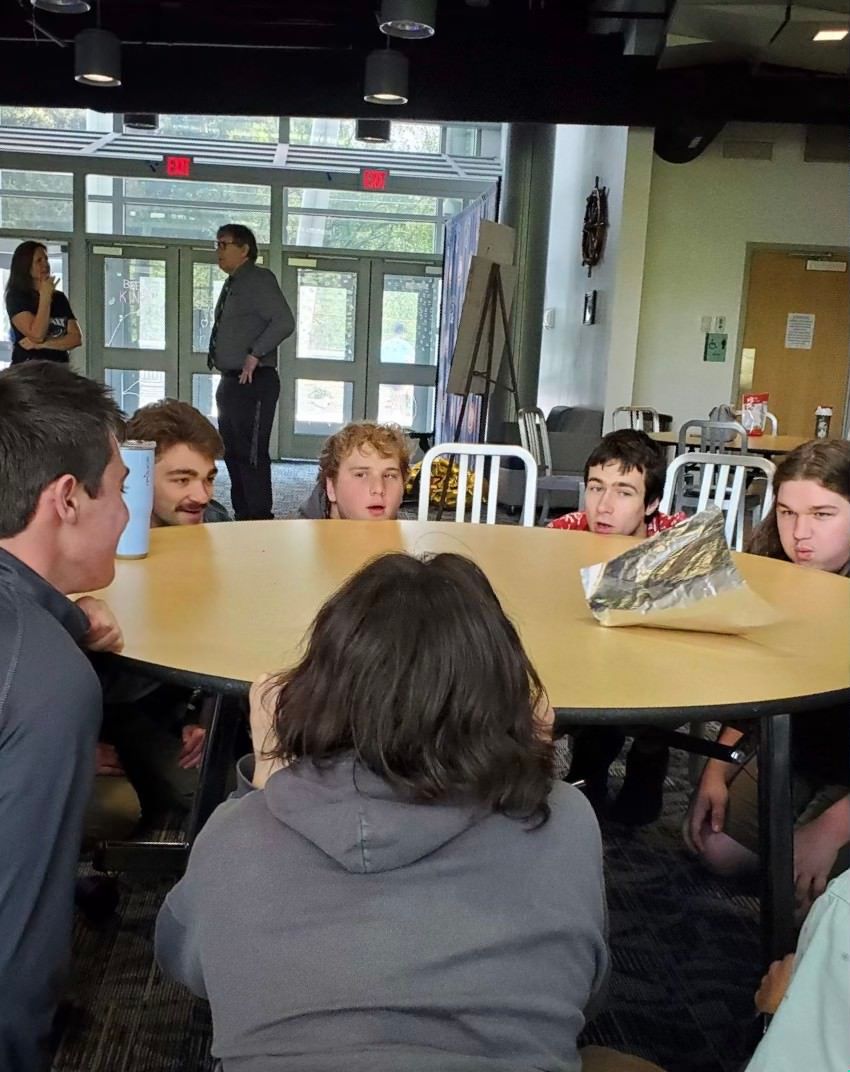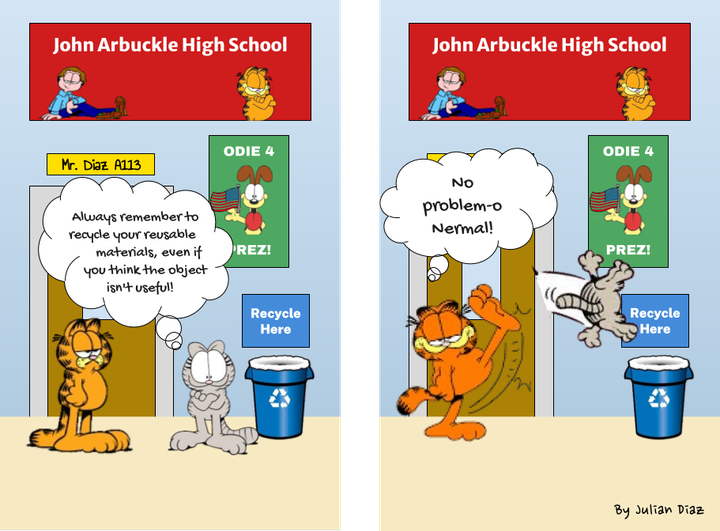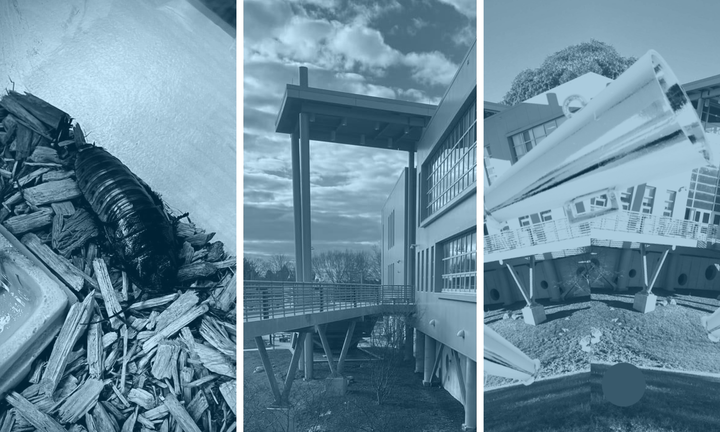School Spirit and Levitating Tin Foil
A look a school community and group thinking.


Being a high school student, it is almost impossible to not have heard the term “school spirit." But what does this actually mean? While it may be a question you’ve never asked, I think it could reveal something about school communities and how they work. First and foremost, school spirit doesn’t refer to the school being haunted. No one ever says to “watch out for the school spirit” — maybe a shark ghost in our case — that creeps around the halls.
In this case, school spirit refers to a collective phenomenon, like one you would see at a sports event or even a protest. It is here that I would like to introduce the idea of collective cognition.

Collective cognition is an idea that refers to how groups think. In this sense, cognition is how a set of animals, people, or really anything work together to solve problems and accomplish goals. A primary example of this would be ants. Ants operate in colonies filled with many different roles; these roles all work together to solve problems and accomplish goals. Take, for instance, how fire ants will group together to create rafts that they can float on to survive floods. Or, consider how worker ants communicate and cooperate with one another to navigate obstacles and find food.
In either case, there is no single ant that is solving the problem; rather, it's the collective brain power of the whole group working together. The same idea can be applied to human groups as well. Humans, after all, work together to solve problems that they couldn’t individually solve on their own. The same then goes for schools. Schools are systems, employing a host of people with different roles who work to solve problems and accomplish goals. Teachers and students work together to complete work and learn, all for a common goal of promoting a positive learning environment. This idea can also scale down to the level of group projects, in which — assuming that it isn’t just one person doing the work — a group puts their heads together to complete the assignment.

A concrete example of this would be a recent extended lunch period, which lasted for 40 minutes. Bored juniors being bored juniors, we decided to play around with tin foil. Specifically we were attempting to use the power of our lungs to make a sheet of tin foil hover in the air. Together we coordinated what times we would blow, what the shape of the tin foil would be to maximize aerodynamics, and where to position ourselves so the tin foil would get the most air time. Our success was moderate, as you can see in the video below. However the more important lesson to note here is how the juniors operated as one cohesive, cognitive unit to accomplish this goal. If there's something that is going to be called school spirit, it's that.
At least in part, this is what school spirit refers to. Spirit is the way a group can come together as one, united group to accomplish our goals, dreams, and desires. This should give us a greater appreciation for the school community that surrounds us, as it is essential for the learning processes. Nothing we know or accomplish at a larger scale is entirely on us; rather it is because of our community or school spirit.





